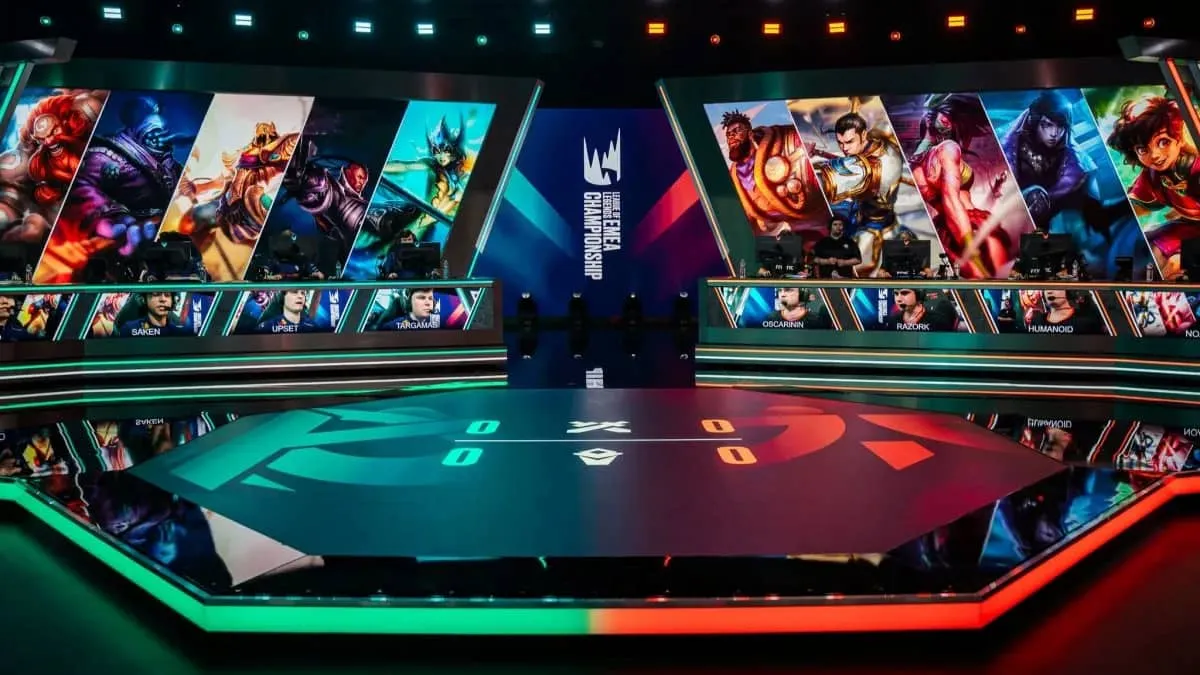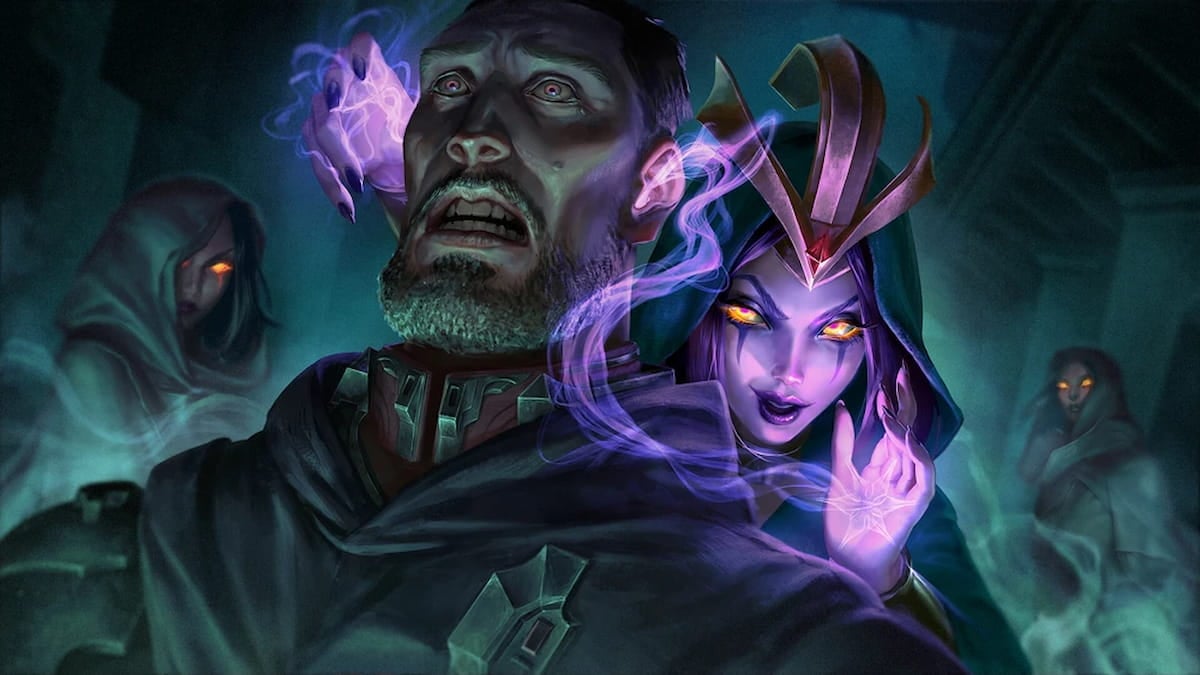If you haven’t tried any daily fantasy LCS sites yet, you can learn more about AlphaDraft, Vulcun and FantasyGG in my article about Getting Started at Daily Fantasy LCS.
When you plan out your daily fantasy LCS lineup, it’s important to consider what type of contest you’ll be entering. The right type of lineup is going to be different depending whether you’re entering a head to head contest, a 50 person tournament or a 1,000 person tournament.
If you’re entering head to head contests or other contests with ‘flat’ prize structures (such as 50/50s, double ups and triple ups), then you’re simply going to want the lineup that you think will (on average) score the most points. The primary goal will be to find the best values – players who you think are underpriced and will score more points than their price would suggest. Value can come from a variety of sources. So far this season, I’ve found values from subs filling in for teams’ regular players, regular players returning from an absence, an entire team of mispriced players, prices adjusting to recent performance too slowly, prices adjusting to recent performance too quickly and players with unusually good match-ups. Once you find a few good value picks for your team, you can then fill out the rest of your team with the best players that you can fit into your lineup while remaining under the salary cap. If you found enough value, those last few picks may be star players with good match-ups.
In larger contests, with more top-heavy prize structures you’re not just looking for an above average score. You’re looking for an extremely high score. For example, in a 50 person tournament first prize may get 20% or more of the entire prize pool and only the top 20% of finishers (or less) will get paid. There’s no benefit to scoring in the top half of the field, unless you’re able to finish near the top. This creates a situation where you want to take some risks, even if it lowers the average score that your players will compile. Specifically, you’re going to want to look for players whose scores will be highly correlated with each other. There’s not going to be much benefit to having your ADC score high if your mid only scores three points. The best way to accomplish this kind of intra-roster correlation is to pick multiple players from the same team. Scores of players on the same team are highly correlated. If you pick multiple players from the same team, they’re usually either going to all do well or all too badly. That’s not a great approach in head to head contests, but it’s exactly what you want in tournaments.
If you’re playing in an extremely large tournament, you’re going to want to tweak your strategy even further. In a 1,000 person tournament, if you simply ‘stack’ the most heavily favored team (picking multiple players from that team), you may not be maximizing your profit expectations. The issue here is that the top few spots (and the top spot in particular) in the standings typically receive a disproportionate amount of the prize money. While finishing anywhere in the money is nice at the time, you’re going occasionally need to win a tournament to be very profitable overall. If you go with the herd and pick players from the best teams, you may find yourself putting up high scores on the same day that every else puts up high scores…and repeatedly finishing in the top 5% or 10% of the field without ever winning. To increase your chances of winning, you need to find a way to differentiate your lineup. One way to do that is stack unpopular teams and hope for an upset. While you won’t typically score many points that way (and would never want to do it in a head to head contest), when the upset happens, you’re going to be one of the only people to put up a high score! Another way to differentiate would be to stack a popular team, but then fill out the rest of your lineup with unpopular picks. Given the relatively low number of possible lineups in fantasy ECS (compared to other fantasy sports), it’s an open question how viable that strategy is going to be.
Finally, it’s worth noting that some sites may have rules that specifically reduce the impact of stacking. For example, Vulcun limits you to three players per team on your roster. So you can’t just stack a full team. At the current time, AlphaDraft and FantasyGG do not have any anti-stacking rules in place.






Published: Feb 2, 2015 04:01 pm